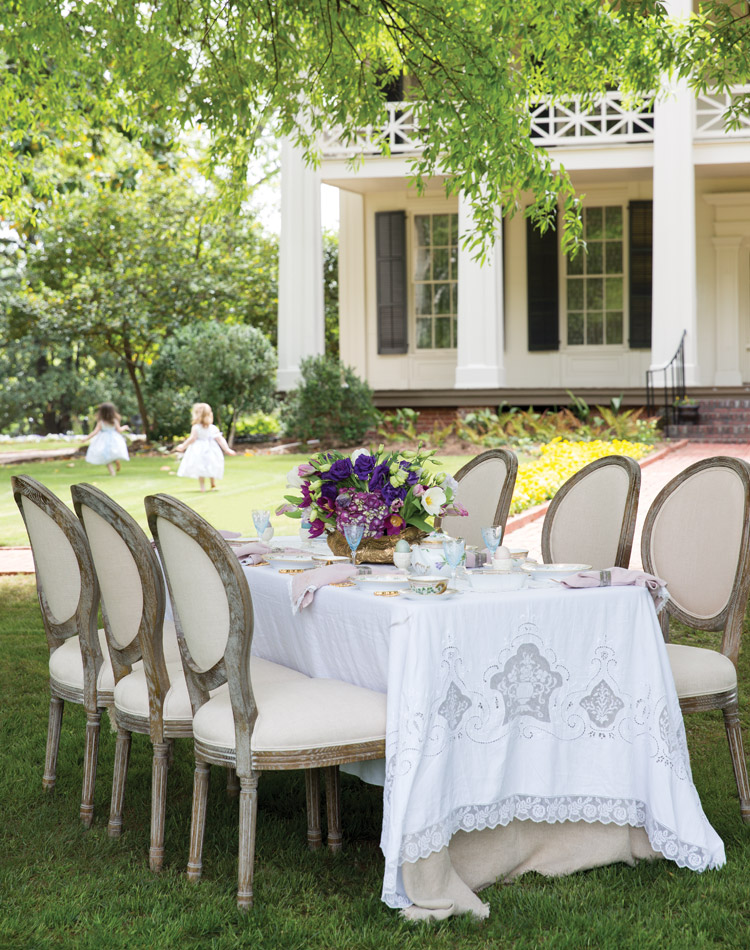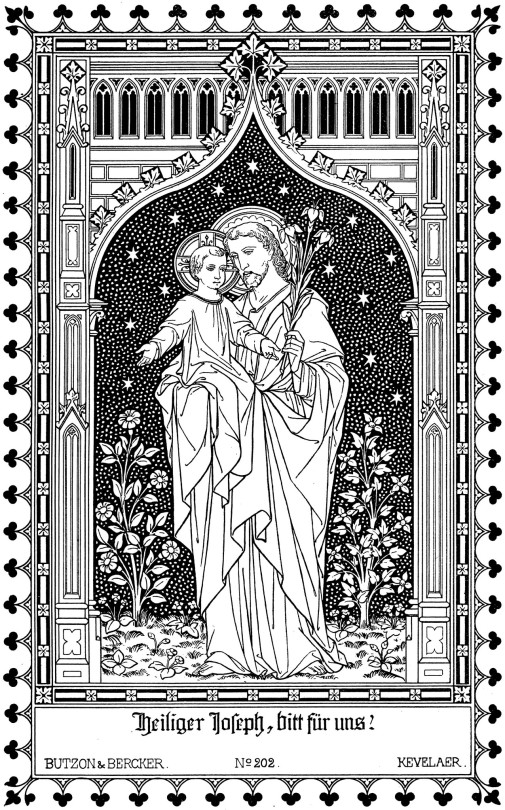Frederick (city and county) can thank an Irishman for their existence. The founder hailed from Queen’s County in the Emerald Isle, coming to America in 1703. When Irishman Daniel Dulany laid out Frederick Town in 1745, he made provisions for two principal streets. The main north-south corridor was named Market Street as the market house and adjacent space would be located here. The main east-west corridor was called St. Patrick’s Street in honor of the founder’s Irish heritage, and this was originally intended by Dulany to be the principal street of town. Its importance would grow as it became part of the important turnpike used for transporting wheat and other products to Ellicott Mills and thus to the Port at Baltimore. It would also become part of the National Road, the first major interior road to the Ohio River Valley and would make travel better for settlers heading west, and travelers heading east. You will find early deeds of Frederick with references to St. Patrick’s Street.
[...]
In 1723, Charles Carroll the Settler (1660-1720) had this 17,000-acre manor surveyed. It takes up a majority of the lower Frederick Valley below the City of Frederick stretching to the Potomac River. Charles Carroll emigrated from Ireland and the County Offally where his family lost much of their land and wealth in the English Civil War (1642-1651) against Great Britain. Unable to serve in local politics because he was Catholic, Carroll gained power and prestige through land acquisition. Multiple heirs would own this parcel which Carroll the Settler claimed was bought originally from the rightful owners, a subgroup of the Tusacarora Indian tribe that had previously lived here from about 1713-1723. This is why we fittingly have Tuscarora High School today in the vicinity. And ironically, the school’s colors include green.
The land conveyed to Charles Carroll the Settler’s son, Charles Carroll of Annapolis (1703-1783), and finally to his son, another Charles Carroll (1737-1832), who took on the place name to differentiate himself from other Charles Carroll’s. It was this “Charles Carroll of Carrollton” who eventually signed the Declaration of Independence, and became a significant leader throughout the American Revolution. Years later, his family built St. Josephs on Carrollton Manor Church and Cemetery in close proximity to their Tuscarora manor house. One tombstone in the churchyard exclaims that it marks a mass grave of over 100 Irish Catholics who perished while constructing the Chesapeake & Ohio Canal and Baltimore & Ohio Railroad. In the early 1820’s & 1830’s the area experienced a calamitous outbreak of Asiatic Cholera which sent many of the Irish workers to their grave. The Irish were plentiful in the creation of both the C&O and B&O. (Read more.)
| Old St. Joseph's Church on Carrollton Manor, where I was confirmed. |





























